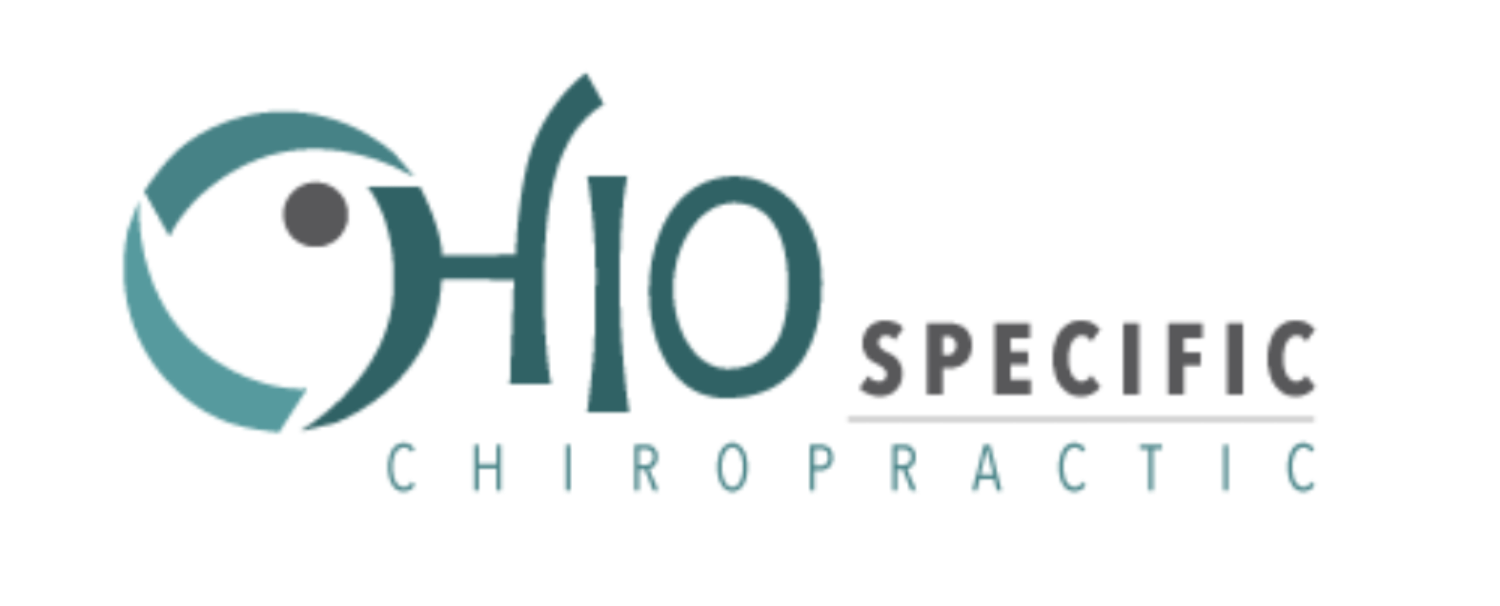Muscle Control of the Upper Cervical Spine
The upper cervical spine and its associated muscles are unique in many ways compared to the rest of the vertebral column. The small muscles of the upper cervical spine, often grouped and labeled as the Suboccipital muscles, are multi-faceted in their function. They provide stability to the upper cervical joint, strength to the entire cervical curve and contribute to overall brain health.
The four big players that make up the suboccipital muscles are the rectus capitis posterior major, rectus capitis posterior minor, oblique capitis superior and oblique capitis inferior. One interesting fact about the suboccipital group, is that they are the first muscles to develop while the child is in the womb. It only seems fitting since these are the muscles that are in closest proximity to the brainstem, which is the first organ to develop. These four little muscles contribute greatly to the impressive range of motion potential of the upper cervical spine.
The upper cervical spine relies on its muscles more than any other area of the spine. The upper cervical spine lacks osseous “locks” and intervertebral discs that the rest of the spine uses for stability. But what the upper cervical spine loses with stability, it gains in flexibility. It’s all about compromise.
If we look at the shoulder joint, it makes a similar compromise as the upper cervical spine when it comes to stability and flexibility. The shoulder is a shallow ‘ball in socket’ joint; this helps contribute to its impressive range of motion. Although the shoulder has a great capacity for motion, stability is compromised. To make up for the shallow joint, muscles and ligaments help strengthen and stabilize as best they can.
The main function of the shoulder is to allow us to better interact with the environment through our senses. The same could be said about the upper cervical spine. The brain wants and needs to interpret life through its senses. The upper cervical spine, along with our vestibular and ocular systems and bipedal nature, allows us the opportunity to explore the world freely without restrictions.
The upper cervical spine allows great potential for motion, compromising stability in the process. The upper cervical spine has to rely heavily on muscles and ligaments to assist in the strength and stability of the joint. This can make the upper cervical spine more susceptible to traumas and injuries, one being a vertebral subluxation. All the muscles of the spine compensate for their function when a vertebral subluxation is present.
One muscle in particular, the sternocleidomastoid or SCM for short, is very important for upper cervical spine stability. The SCM is one of the bigger muscles of the neck. The sternocleidomastoid muscle is also one of the few skeletal muscles that have direct nerve innervation from a cranial nerve, the Accessory Nerve (CN XI). Let’s go into some detail of what happens to this muscle with an atlas subluxation...
Generally speaking, an atlas subluxation will shift laterally (left or right) and ride up the occipital condyles. The occipital condyles are the part of the skull that articulates with the atlas bone. As the atlas bone rides up, it shifts the head up on the side of the lateral shift. In most cases, this causes the eyes to become unlevel. The suboccipital, paraspinal and larger cervical muscles on the same side will be stretched.
When they are stretched, they become activated beyond there normal tone. This initiates a stretch response that transmits up to the brain. Information from the proprioceptors along with the vestibular and ocular senses is interpreted in the brain about this abnormal vertebral subluxation presentation. An efferent nerve response is sent back down to the paraspinal and postural muscles to contract in order to level the eye field. The SCM is a major player in stabilizing posture and balance in the neck.
When the SCM contracts on one side, it helps in lateral flexion. So in the case of an Atlas subluxation that shifts to the left, the left SCM will be over-activated in order to help flex the head/occiput back down to the left when it tilts up on the left. This will increase its resting tone.
In the pediatric population, especially in babies younger than one, the mechanism that creates this compensation isn’t fully developed. A head tilt is often easier recognized in non-walking infants and young children who are not that active. A head tilt will often present with an ear, eye, jaw or all three higher on one side compared to the other.
The goal of Chiropractic is not to un-tilt the head or straighten the spine per se but instead help improve the overall functional and structural integrity of the Nerve System and upper cervical spine. A healthy Nerve system and spine are vital for a well-adjusted child. Pediatric Chiropractic wants to help cultivate this and let it thrive.
- Jarek Esarco, DC, CACCP
Related Blogs:
5 Signs of a Subluxation Every Parent Can Look For
Righting Reflex: The Brain-Body Connection That Never Goes Away
What Is Pediatric Chiropractic?
A Brain Left Without A Right Is No Brain Of Mine
Connection Between a Short Leg and an Upper Cervical Subluxation







